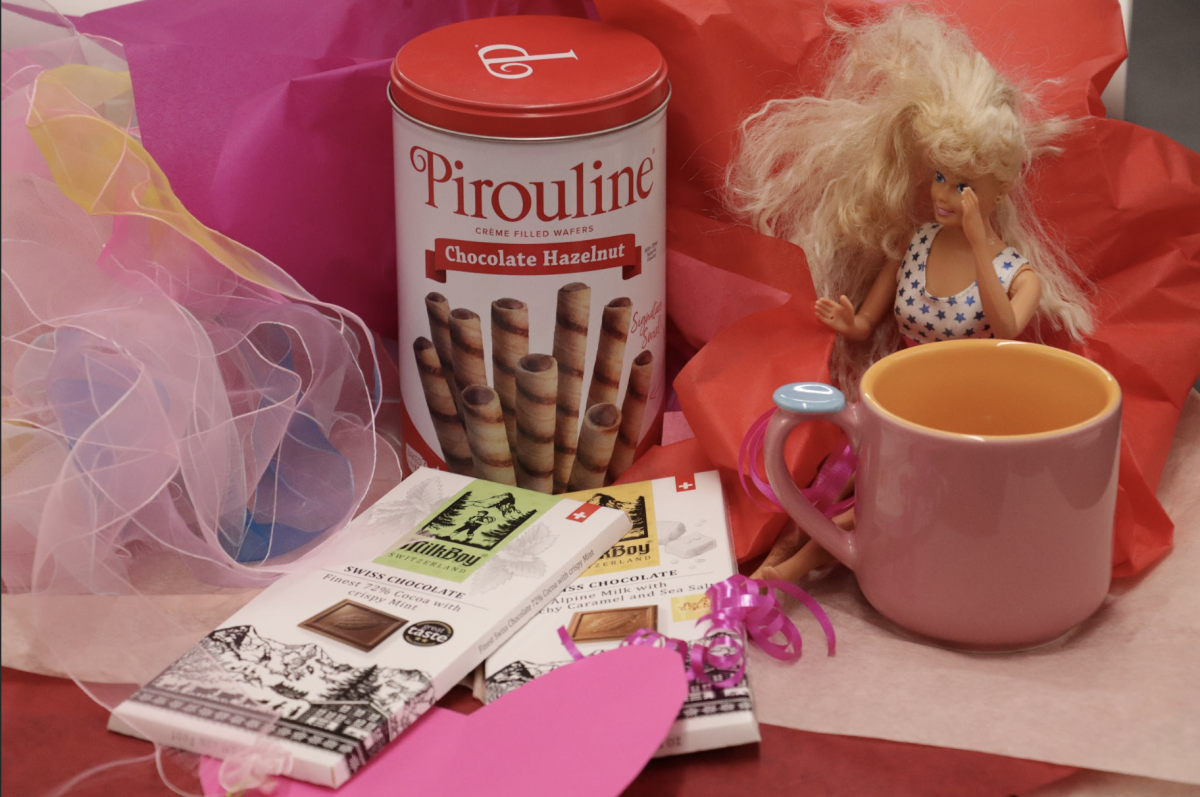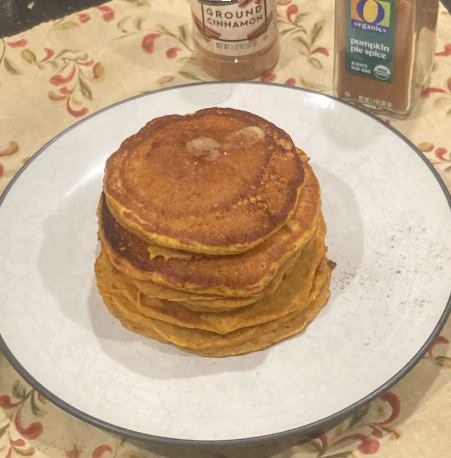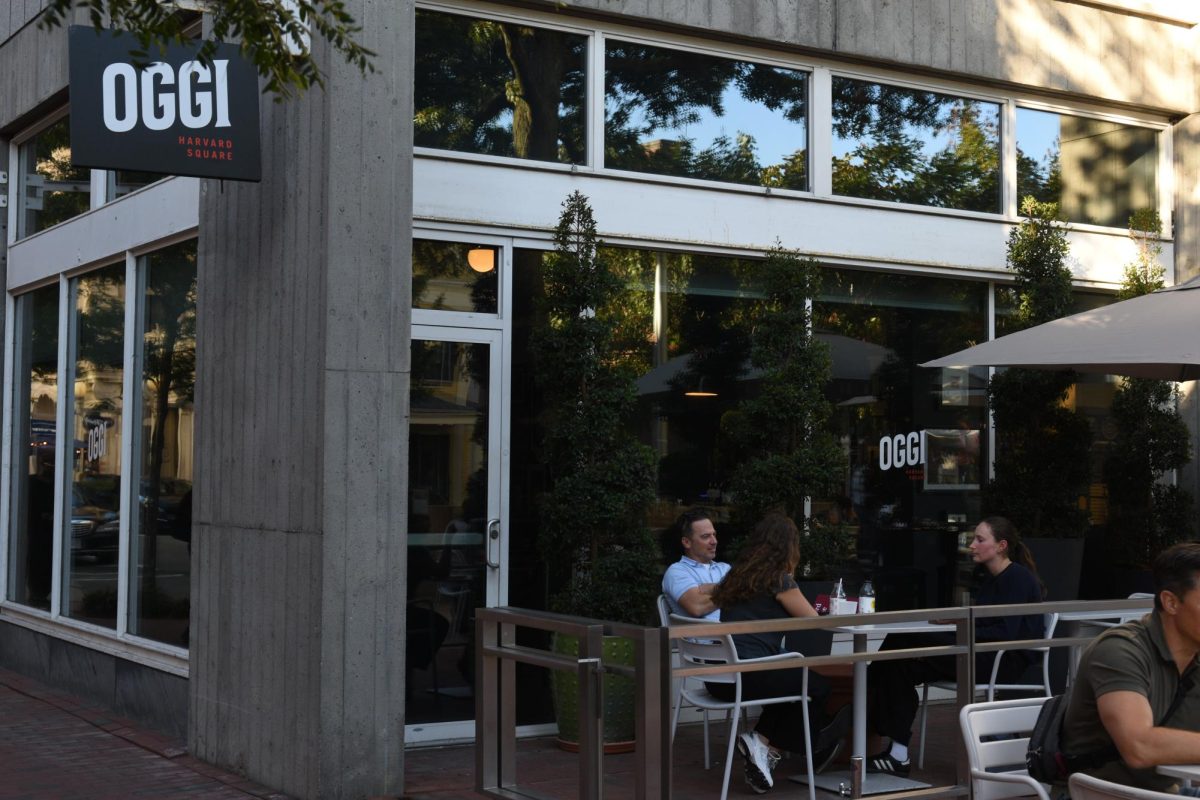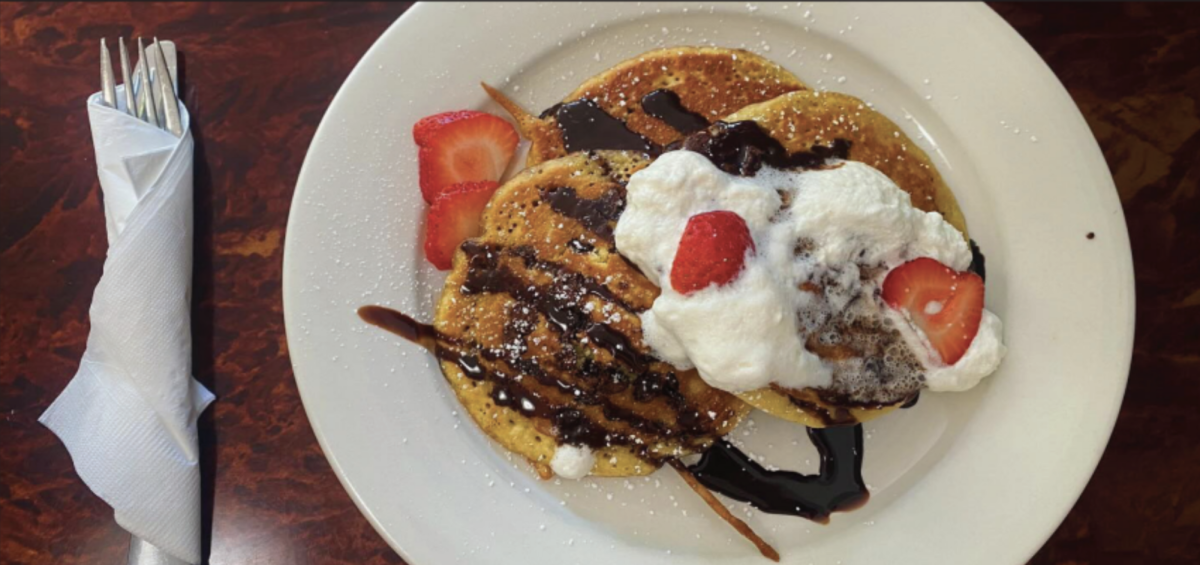Conversation candies, heart-shaped lollipops, and most importantly, sweet chocolate—these candies have long been staples of Valentine’s Day. Every year, on February 14th, couples and secret admirers splurge on these charming heart-themed sweets for their special someone. Despite being a seemingly ordinary notion between lovers, this tender gift-giving is synonymous with Valentine’s Day. Something about the pink and red packaging, decorated with sappy words, touches the heart like nothing else. However, this cherished tradition is a rather recent development, despite the roots of the holiday dating back to the Roman Empire.
Valentine’s Day was originally a holiday dedicated to the two Roman saints named Valentine. Although no existing evidence suggests that the saints are related to romance, legends insist that the original St. Valentine officiated illegal marriages for soldiers. Valentine’s Day was first tied to romance in Geoffrey Chaucer’s writings in 1382, sparking a new meaning for the holiday, giving it a more amorous reputation. At the time, sugar was a commodity only available for the nobility. Thus, the gifting of candy came centuries later, when sweets became more common.
In 1840, chocolate was one of the first candies to be advertised exclusively for Valentine’s Day. By then, Valentine’s Day was widely celebrated as a holiday of love, with people gifting loved ones precious cards and small trinkets. Seizing the great marketing opportunity, Richard Cadbury, the successor to a chocolate manufacturing family, used excess cocoa butter to produce a new variety of “eating chocolate.” Using the new “eating chocolates,” he packaged them in extravagantly decorated chocolate boxes and sold them to lovers on Valentine’s Day. Although Cadbury wasn’t the first one to get a patent for the iconic heart-shaped box, he is often credited to have been the first to have thought of it. The success of the chocolate boxes was also thanks to its functionality: The boxes doubled as a container for love letters and locks of hair from lovers. To this day, his boxes are still regarded as highly valuable by collectors and are treasured by the public.
Another popular candy—conversation hearts—are heart-shaped candies with printed messages in bold letters. They also happen to be the most popular Valentine’s Day candy, making up 11.3% of candy sales on Valentine’s according to Candystore’s annual reports. Despite their popularity, they also have an infamous reputation for corny messages and their strange crumbly texture and flavor, vaguely reminiscent of medicine. Surprisingly, conversation hearts were invented in 1847 by Bostonian Oliver Chase, a pharmacist. Looking to invent an easier method to produce lozenges, medicine mixed with sugar paste, Chase invented his lozenge cutter, a device now considered as America’s first candy-making machine. Later on, Chase switched his focus from creating medicine to creating candy, eventually founding the New England Confectionery Company (NECCO). Legend says that conversation hearts were inspired by Union Soldiers carrying around candy NECCO wafers and love letters during the Civil War. But regardless of its origin and vexing flavor, conversation hearts are still leading the Valentine’s Day candy industry thanks to their cute marketing.
This article also appears in our February 2024 print edition.









